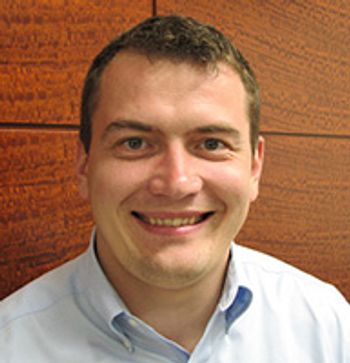
Experts discuss Raman/SERS approaches across a number of different fields.
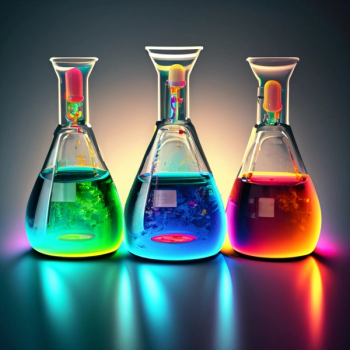
At the Winter Conference on Plasma Spectrochemistry, Jacob Shelley of Rensselaer Polytechnic Institute sat down with Spectroscopy to talk about the latest work he and his group are conducting.

Ana Doblas of the University of Massachusetts Dartmouth presented her team’s findings on how models based on deep learning (DL) can enhance different microscopy imaging infrastructures.

This year, the event will take place in San Diego and features several experts in spectroscopy.
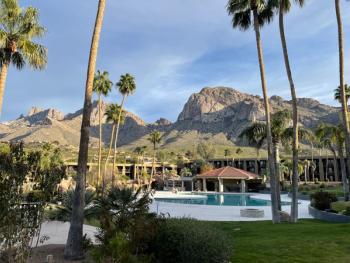
This year’s conference took place in Tucson, Arizona and focused on the latest trends in atomic spectroscopy and more.

At the Winter Conference on Plasma Spectrochemistry, John Burgener of Burgener Research spoke with us about his company's nebulizers and detailed his proudest achievement.
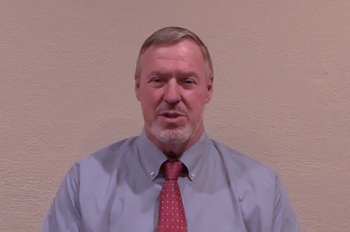
At the Winter Conference on Plasma Spectrochemistry, Spectroscopy sat down with Robert Jones to discuss how he used ICP-MS to advance the work of the Center for Disease Control (CDC).

At the Winter Conference on Plasma Spectrochemistry, Spectroscopy magazine sat down with John Burgener of Burgener Research Inc. to discuss his career in inductively coupled plasma (ICP) and the importance of accumulating various experiences during your career.
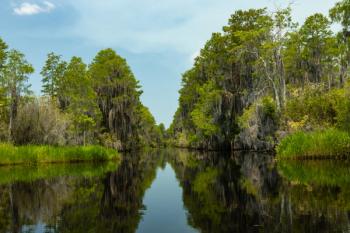
At the Winter Conference on Plasma Spectrochemistry, a researcher from the University of Minnesota shared how his team is investigating metal speciation using quantitative liquid chromatography–inductively coupled plasma–mass spectrometry.
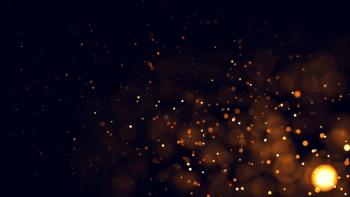
At the Winter Conference on Plasma Spectrochemistry, Alexander Gundlach-Graham of Iowa State University delivered a talk on how size distributions and measurement statistics impact single-particle inductively coupled plasma time of flight mass spectrometry (ICP-TOFMS).

While much is known about arsenic levels in marine fish, not as much research has been done on their freshwater counterparts.

Jörg Feldmann, a professor at the University of Graz, spoke about his team’s research using non-target analysis to analyze per- and polyfluorinated substances (PFAS).
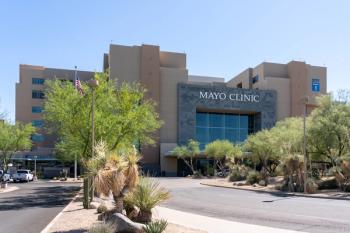
Scientists from the University of Calgary and the Mayo Clinic seeking ways to better understand metal processing in children with Autism.
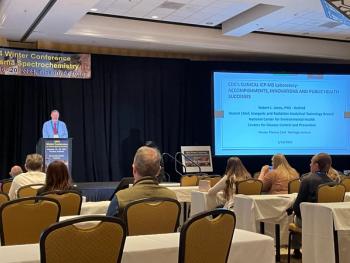
At the Winter Conference on Plasma Spectrochemistry, Robert L. Jones, who recently retired from the Centers for Disease Control and Prevention (CDC), discussed his career at the CDC, and how his work with inductively coupled plasma–mass spectrometry (ICP-MS) assisted in addressing pivotal public health crises.
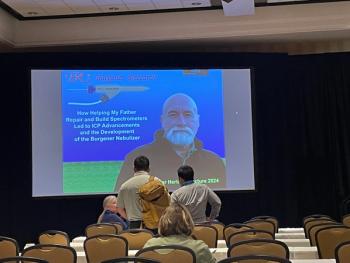
At the Winter Conference on Plasma Spectrochemistry, John Burgener of Burgener Research discussed his work with nebulizers and how it led to advancements in inductively coupled plasma (ICP) and ICP–mass spectrometry (ICP-MS).
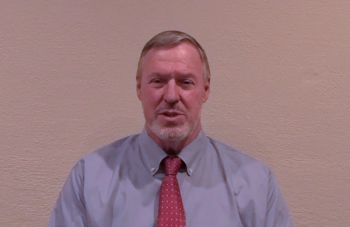
At the Winter Conference on Plasma Spectrochemistry, Spectroscopy sat down with Robert Jones to discuss his career at the Center for Disease Control (CDC), and how their ICP-MS laboratory helped advance the work of the CDC.
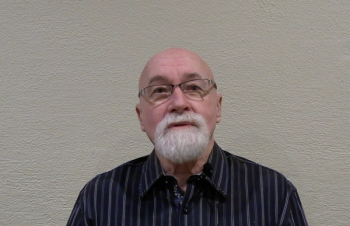
At the Winter Conference on Plasma Spectrochemistry, Spectroscopy magazine sat down with John Burgener of Burgener Research Inc. to discuss his career working with mass spectrometers, inductively coupled plasma (ICP), and developing the Burgener nebulizer.

During a talk at the Winter Conference on Plasma Spectrochemistry, a scientist from the Oak Ridge National Laboratory shared how his team is using laser induced breakdown spectroscopy to analyze TRISO particles.
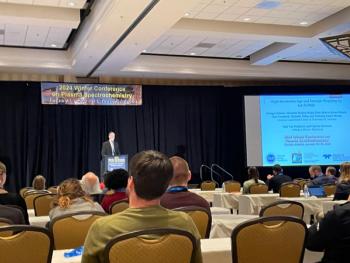
At the Winter Conference on Plasma Spectrochemistry, George Gehrels of the University of Arizona highlighted his work using LA-ICP-MS and elemental analysis techniques to study zircon crystal.
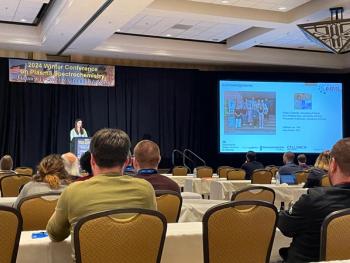
An oral session at the Winter Conference on Plasma Spectrochemistry examines multi-elemental quantitative laser ablation-inductively coupled plasma-time of flight-mass spectrometry (LA-ICP-TOF-MS).
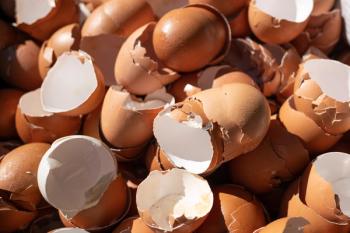
NanoSIMS is a high-resolution imaging technique for the localization of almost all chemical elements on a surface.

One of the morning sessions at the Winter Conference on Plasma Spectrochemistry dove into single-cell analysis and imaging plasma mass spectrometry.
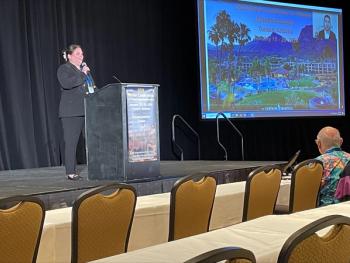
On Monday January 15th at 8 am local time, Eduardo Bolea-Fernández of the University of Zaragoza, in Zaragoza, Spain, was recognized as Spectroscopy’s Emerging Leader in Atomic Spectroscopy for 2024. Here’s a recap of this award session.

The 2024 Winter Conference on Plasma Spectrochemistry is set to be an exciting week. Here is what to expect from the conference, and why I'm excited to attend in person for the first time.
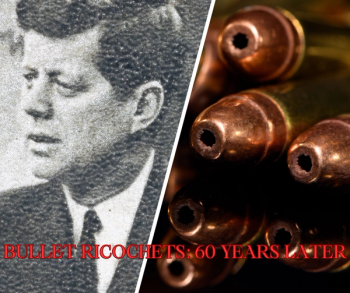
Pete Diaczuk of John Jay College of Criminal Justice gave a recollection at EAS 2023 of a case he worked on in Manhattan involving a victim fatally shot, incomplete ballistic evidence, and the wrong gun recovered at the scene.
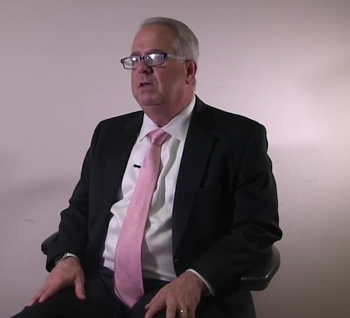
At the Eastern Analytical Symposium in Princeton, New Jersey, John McLean shared his thoughts about his career in mass spectrometry.

At the Eastern Analytical Symposium (EAS) in Plainsboro, New Jersey, Spectroscopy sat down with Robert Kennedy to discuss his research and career in analytical chemistry.
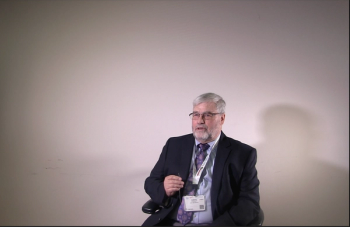
At the Eastern Analytical Symposium (EAS) in Plainsboro, New Jersey, Spectroscopy sat down with Curtis Marcott to discuss his research and career in spectroscopy.

Curtis Marcott, a senior partner at Light Light Solutions, a spectroscopic consulting firm based in Athens, Georgia, has been named the winner of the NY/NJ Section of the Society for Applied Spectroscopy Gold Medal Award.

Award recipient John McLean of Vanderbilt University said hybrid techniques do not exist purely as combinations of letters, slashes, and hyphens—they have been built on the shoulders of decades’ worth of analysis intended to refine and simplify workflow.